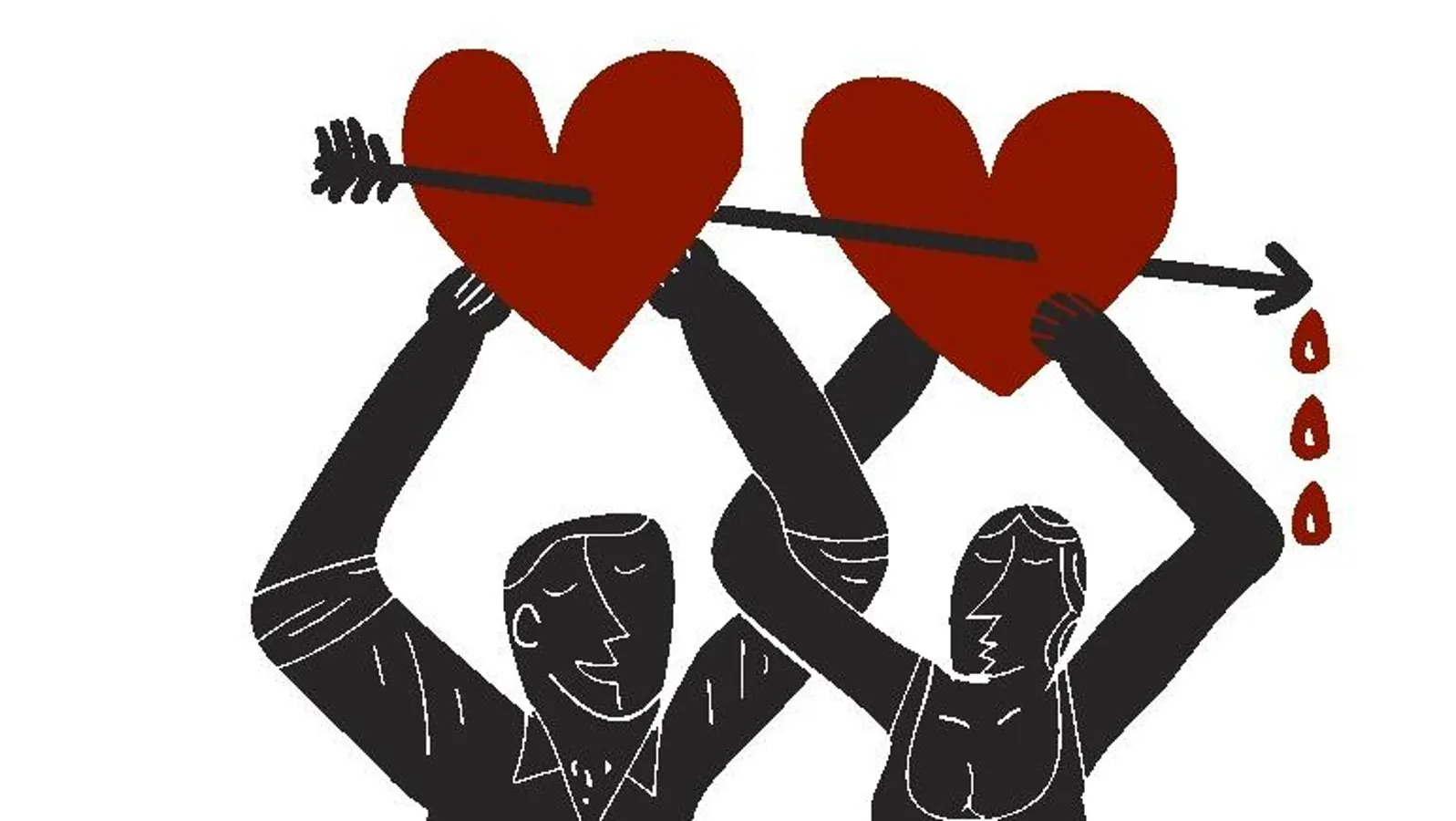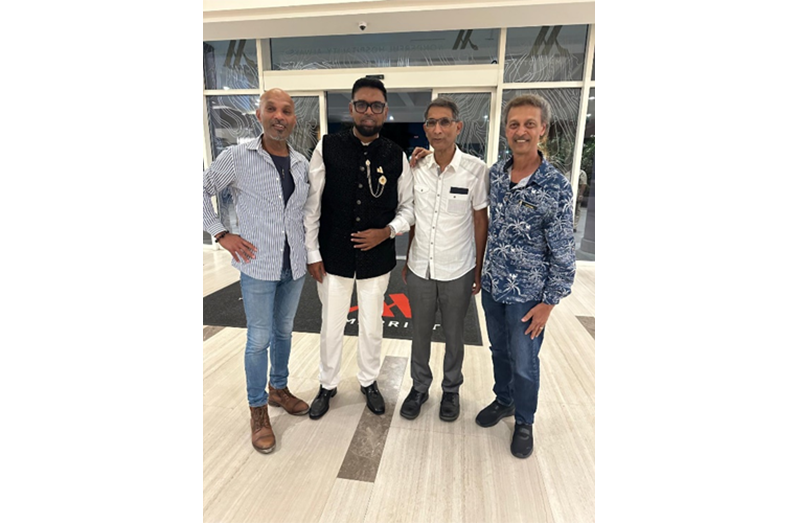Copyright Forbes

The way people discuss love and relationships has changed dramatically. With rising mental health awareness, partners are actively asking questions that would have been unacceptable even a few years ago. Some examples of these questions are: How does my nervous system react when I am around my partner? Are any of my responses triggering for them? Do they trigger me in any way? Is this real chemistry or a reenactment of my old, unhelpful patterns? Sociocultural evolution has changed our dominant discourse for the better, most evidently on social media. For the first time ever, love is being understood not only through an emotional lens but through a psychological, trauma-informed lens. There seems to be an active attempt to balance emotions with rationality in the sphere of romantic relationships. Many of the long-term relationships we witness, like our parents’ or even our own past bonds, can be unconsciously shaped by attachments forged through volatility, fear of abandonment and familiar patterns of survival. Now, in trauma-aware partnerships, people are acknowledging the inevitable pervasiveness of attachment wounds in romantic relationships. And in doing so, they are actively and consciously trying to break age-old patterns that prevent positive change and real connection. Here are three forces driving this transformation. MORE FOR YOU 1. The Ability To Name What We Once Endured Up until the recent past, even just a decade ago, most families skirted around difficult emotions altogether, let alone discussing emotional neglect. Undiagnosed attachment patterns and inherited coping strategies that prized endurance over honesty heavily influenced the way people defined relationships. Silence, in a lot of dynamics, was unequivocally glorified as a strength, too. However, there has been a significant cultural leap toward emotional literacy in recent times. This refers to the simple but powerful ability to identify, name and communicate what we feel. Attachment styles, freeze responses, emotional triggers, boundaries and inner child work are all terms that have since become a part of our everyday vocabulary. This is because when we lack words for our inner experience, we’re more likely to get stuck in patterns that harm us. But when we name our pain or our pathology, we interrupt its invisibility. For instance, in the case of an unhealthy relationship pattern, saying, “I don’t think it’s passion. I really think my nervous system is in a state of haywire,” can begin to turn confusion into clarity. A 2022 meta-analysis of 78 separate studies found a significant correlation between emotional intelligence and romantic relationship satisfaction. The findings suggest that individuals who can understand and regulate emotions, both their own and their partner’s, report significantly higher relationship quality. Emotional awareness, in a nutshell, deepens the connection between two partners by deepening their individual connections with their own authentic inner selves. And in doing so, it turns reaction into reflection and conflict into repair. What critics can sometimes dismiss as “therapy-speak” can, with sincere practice, become the language of relational competence. Indeed, we must not overuse it to justify any of our wrongdoings (intentional or unintentional) or to shrug off our own share of responsibility. But saying “I feel overwhelmed,” instead of “I can’t do anything right,” or “I need time to regulate” instead of ghosting someone is really a sign of emotional literacy. 2. Safety Becoming The New Sexy In toxic or dysregulated dynamics, the nervous system remains chronically activated. And staying in a state of sympathetic arousal can distort the narrative of your relationship. Adrenaline spikes can be mistaken for butterflies; ruptures can be mistaken as evidence for passion; even a quick and immediate reconciliation after can be assumed to be a sign of a fated love story. For people with a history of trauma, the body might confuse threat arousal with intimacy, becoming addicted to emotional unpredictability. But today, there is a growing awareness around this state of anxious hyperarousal, meaning it no longer gets mistaken for the elusive “spark” in high-conflict or dysregulated relationships. As a result, the criteria for attraction is, slowly but surely, shifting. Instead of asking, “Does this person excite me?” many now ask, “Can this person help me regulate myself?” Predictability, warmth, grounded presence and a sense of safety have become more magnetic. According to polyvagal theory, our internal sense of safety isn’t just comprised of certain emotions, but is also reinforced through physiological states. When the autonomic nervous system perceives safety, it downregulates defense responses, which restores our sense of calm, empathy and connection. In this state, the body can rest, repair and, most importantly, relate. In contrast, “chemistry” — sometimes romanticized as passion — can just be a sign that your body is in fight-or-flight mode. It’s usually a temporary surge of energy, born out of our involuntarily instinct for survival; it’s rarely a signal for compatibility. Humans are built to thrive in relationships that allow the nervous system to stand down from defense. 3. The Desire To Heal Relationally, Not Just Individually Self-work, for the longest time, was framed as a solitary pursuit, as though the process of healing was meant to precede intimacy. “Love yourself first” was turned into a beloved cultural mantra meant to empower, ignoring the potential it held to isolate people. And then, the long researched and substantiated truth came to light: healing is often expedited in co-regulated environments. This is because humans are not designed to self-soothe in a vacuum. In fact, our brains and nervous systems adapt to challenges faster when feel connected and supported. And therefore, a trauma-aware bond releases partners from the expectation to show up as perfectly healed individuals. What it requires, instead, are two reflective partners who can notice, name and navigate their inner worlds together. A 2023 qualitative study of couples diagnosed with chronic illness found that partners who approached adversity as a shared emotional experience, or as a “we-disease,” showed greater emotional resilience and stability. They capitalised on co-regulation, maintaining a balance between closeness and autonomy. Evidently, the new ideal recognizes that love means taking responsibility, repairing inevitable ruptures and learning each other’s emotional maps. Couples today increasingly value this emotional accountability. And healing, in this sense, is not a prerequisite for love but its natural consequence. To summarize, we don’t get well before connection; we get well through it.



